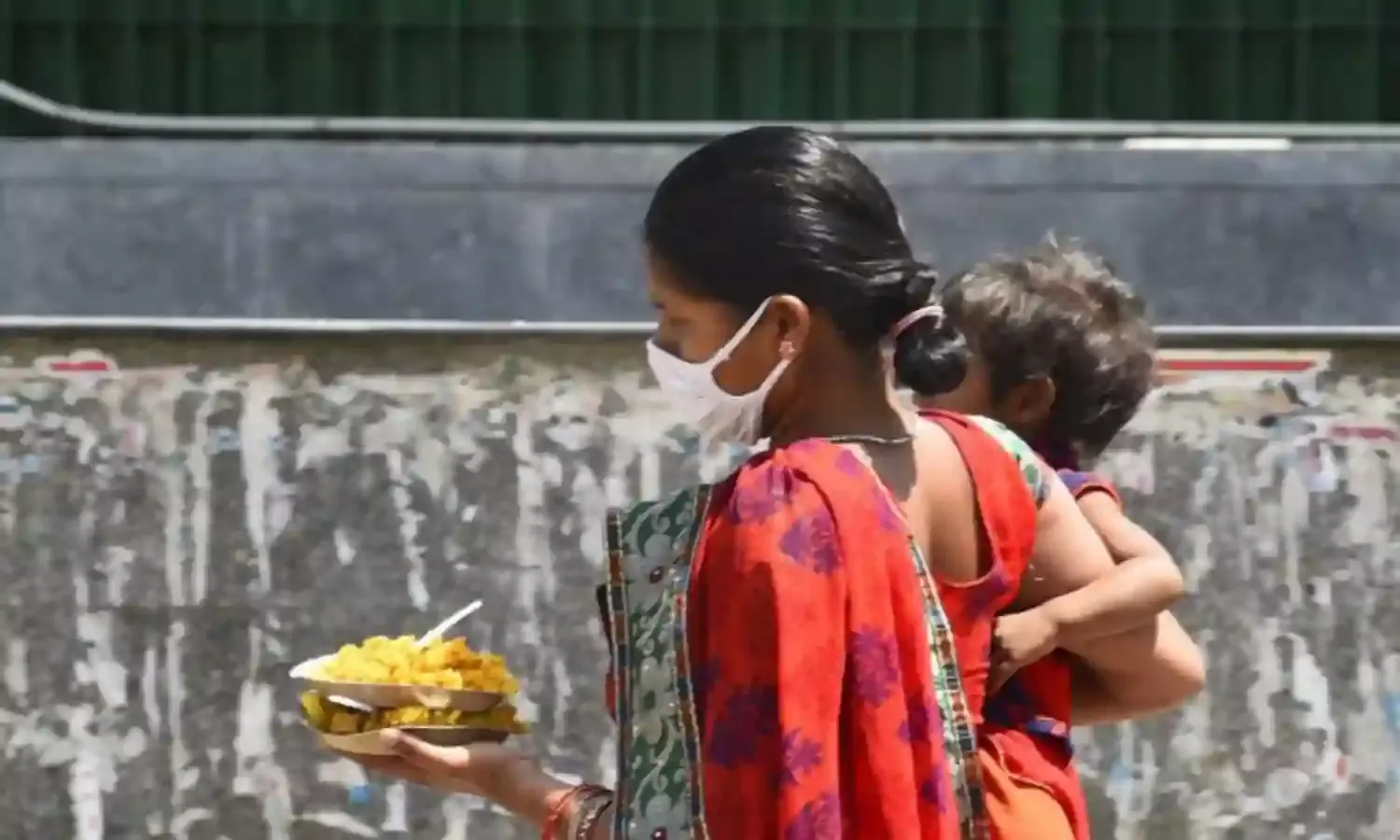How the COVID-19 Pandemic is Affecting Women’s Sexual and Reproductive Health
The lack of data will be yet another salt to the wound

UNITED NATIONS (IPS): A little over half of women across the globe are able to freely make choices about their sexual and reproductive health, according to a latest report based on data from 57 countries.
However, as much of the world has gone into lockdown because of the coronavirus pandemic, with countries implementing social distancing and restricting the free movement of people, experts are concerned that even this small gain in sexual and reproductive health may suffer negatively.
“Globally, as COVID-19 has taken hold, access to sexual and reproductive health care services, from routine services and testing for STIs to antenatal care, contraception, and abortion, has suffered significantly,” Liza Kane-Hartnett, communications officer at the International Women’s Health Coalition (IWHC), told IPS.
“Sexual and reproductive health services are always vulnerable to falling to the bottom of the priority list because decision-makers (male, white, heterosexual, older, affluent) are not the people who will suffer from lack of access,” she told IPS.
The “Ensure universal access to sexual and reproductive health and reproductive rights” report was launched by the United Nations Population Fund (UNFPA) at the end of last week to highlight the various levels of access (or lack thereof) women have to sexual and reproductive health facilities. This includes a woman’s agency to choose her options for herself.
UNFPA has three pillars to measure the level of autonomy women have in making their decisions regarding their sexual and reproductive health:
- the person involved in making decisions about healthcare for the women,
- the person making decisions on the contraception used, and
- if the woman is able to say no to her husband/partner if she does not want to have sex.
The data for the report includes primarily sub-Saharan African countries on its list of 57 countries. The report states that “gaps still exist in women’s autonomy, even where high levels of individual decision-making are observed in some dimensions”.
While improvements need to be made, it’s especially difficult under the current circumstances. Advocates worry that there will be numerous kinds of impact on women’s access to sexual and reproductive health facilities around the world as countries and cities are under lockdown under the coronavirus threat.
“Sexual and reproductive health services are always vulnerable to falling to the bottom of the priority list because decision-makers (male, white, heterosexual, older, affluent) are not the people who will suffer from lack of access,” Kane-Hartnett said.
A question of access
Emilie Filmer-Wilson, Human Rights Adviser at UNFPA, says there’s a “myriad of factors” that determine a woman’s ability to access these facilities: on an individual level, institutional level, and community level.
One of the most key determinants for a woman’s decision-making ability at this time is her education level, as well as that of her partner’s, Filmer-Wilson told IPS, adding that that will now be especially impacted given many are out of school at the moment.
Beyond education, they are also expecting to see a risk at the institutional level, she says, that helps determine one’s ability to make the decisions and whether the institutions are affordable, accessible, and of good quality.
For accessibility, she says, they usually take into account the geographic distance. But given the current situation of social distancing as a crucial measure to contain the coronavirus pandemic, this poses a difficult challenge.
“In this context, it’s not only geographic, it’s also [that] there are issues that will impact that distance. Distance would be one of the risks that are involved in just going to a healthcare service center,” she told IPS. “So if these at the institutional, service levels are impacted, it’s going to [be] much harder for women.”
Kane-Hartnett of IWHC has noted similar concerns.
“Misguided attempts to control COVID infection – for example, by banning partners or doulas from accompanying women in labour – have also played a role, showing how little decision-makers value and understand women’s health and needs.”
Question over data
Meanwhile, the issue of access also means there are certain communities that will be disproportionately affected.
“Already marginalised communities suffer the most,” says Kane-Hartnett. “Poor women, black women, indigenous women, rural women, LGBTQI+ individuals, adolescent girls, people with disabilities already struggle to access comprehensive health care services and social protection systems; the COVID-19 pandemic has exacerbated these existing inequalities. In the United States, COVID is affecting African-American communities particularly hard.”
In order to measure this impact, it’s crucial to have proper data. However, data collection at a time of social isolation is further limiting opportunities for researchers to collect the information and generate data on how the pandemic is affecting the stakeholders.
“We need to have the data pre-COVID and post-COVID in order to make this kind of comparison,” Mengjia Liang, Technical Specialist (Population and Development Branch) at UNFPA, told IPS. “
“Agencies that manage those international household surveys [are] very likely to delay their household planning survey as well,” she added.
In essence, given the current circumstances, data collection in general might be taking a backseat, even though it’s at the core what helps researchers measure these impacts of something like the pandemic on women’s access to sexual and reproductive health facilities.
The lack of data will be yet another salt to the wound.



